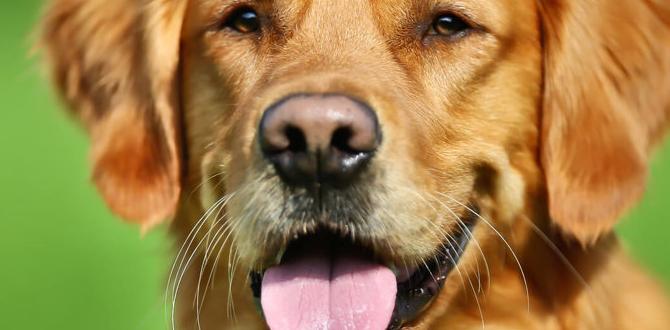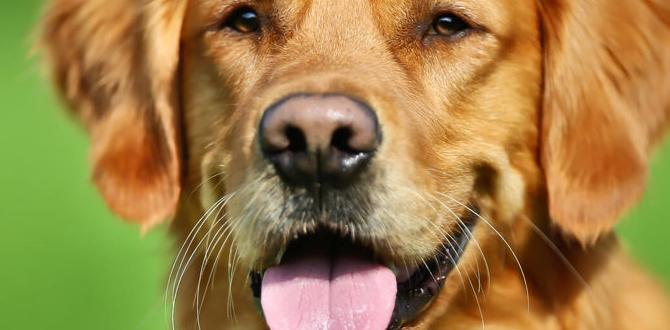Aggressive dog behavior guide: understanding and managing canine aggression is crucial for the safety and well-being of both pets and people. Canine aggression is a complex issue with various underlying causes, and a comprehensive understanding is the first step towards effective management. This guide aims to equip you with expert insights and practical strategies to identify, address, and ultimately mitigate aggressive tendencies in your canine companions.
Decoding Aggressive Dog Behavior Guide: Why Does it Happen?
Before diving into solutions, it’s essential to understand the “why” behind aggressive behavior in dogs. Aggression isn’t a standalone diagnosis but rather a symptom of something deeper. Here are some common triggers and underlying causes:
Fear and Anxiety: This is perhaps the most frequent culprit. A dog that feels threatened, cornered, or overwhelmed may resort to aggression as a defense mechanism. This can manifest in situations like encountering strangers, loud noises, or unfamiliar environments.
Resource Guarding: Dogs often protect what they perceive as valuable – food, toys, sleeping spots, or even their human companions. Growling, snapping, or lunging when another dog or person approaches their ‘resource’ is a classic sign.
Pain or Medical Conditions: Sudden onset of aggression can be a red flag for an underlying medical issue. Pain from arthritis, an injury, or neurological problems can make a dog irritable and reactive. Always consult a veterinarian to rule out any health concerns.
Frustration: Lack of exercise, mental stimulation, or unmet needs can lead to bottled-up frustration that erupts as aggression. This might be seen in dogs who are left alone for long periods or are unable to engage with their environment as they wish.
Learned Behavior: If a dog has previously used aggression successfully to achieve a desired outcome (e.g., making a perceived threat go away), they may continue to employ this tactic. This highlights the importance of not rewarding aggressive behaviors.
Genetics and Breed Predisposition: While any dog can exhibit aggression, certain breeds may have a genetic predisposition towards it due to their original working roles. However, environment and training play a far more significant role than breed alone.
Socialization Deficits: Inadequate socialization during critical puppy development periods means a dog hasn’t learned to interact appropriately with other dogs and humans, potentially leading to fear-based or territorial aggression.
Recognizing the Warning Signs: Early Intervention is Key
Aggression rarely appears out of nowhere. There are almost always subtle (or not-so-subtle) signals that precede an aggressive outburst. Learning to recognize these warning signs allows for early intervention before the situation escalates.
Some common precursor behaviors include:
Stiffening: The dog’s body becomes rigid.
Lip Licking: Often an involuntary response to stress.
Whale Eye: The whites of the eyes are visible, indicating the dog is uncomfortable or anxious.
Yawning: Sometimes used as a calming signal when stressed.
Ears Pinned Back or Forward: Depending on the specific fear or alertness.
Growling: Often initiated as a warning; taking this away through punishment can lead to a dog who bites without warning.
Snarling or Showing Teeth: A more direct indication of impending aggression.
Lunging or Barking: An attempt to create distance or intimidate.
When you observe these signals, it’s imperative to de-escalate the situation by removing your dog from the trigger, giving them space, and avoiding confrontation.
An Aggressive Dog Behavior Guide: Strategies for Management and Modification
Addressing aggressive behavior requires patience, consistency, and often, professional guidance. Here are expert-backed strategies:
1. Management: Preventing Incidents
The first and most critical step in managing aggression is preventing situations where it is likely to occur. This isn’t about avoiding challenges entirely, but about creating a safe environment while you work on behavior modification.
Identify and Avoid Triggers: Keep a log of when and where aggressive incidents occur, and with whom or what. Once identified, actively avoid these triggers. This might mean walking your dog at quieter times, avoiding crowded dog parks, or keeping them on a leash when guests are over.
Leash Control and Muzzles: For dogs exhibiting aggression towards other dogs or people, a secure leash and harness are essential. In certain high-risk situations, a well-fitted muzzle can prevent bites and ensure safety. Crucially, a muzzle should never be used as a punishment but as a safety tool, and the dog must be trained to accept it positively.
Crate Training and Safe Spaces: Provide your dog with a designated safe space, such as a crate or a specific room, where they can retreat and feel secure. Ensure they are never disturbed when in their safe space.
Supervision: Always supervise your dog, especially around children, other pets, or in new environments.
2. Behavior Modification: Changing the Underlying Emotion
Management is about preventing problems, while behavior modification aims to change your dog’s emotional response to triggers. This is typically done through positive reinforcement techniques.
Counter-Conditioning and Desensitization (CC&DS): This is the cornerstone of aggression modification.
Desensitization involves exposing your dog to their trigger at a very low intensity (at a distance where they don’t react).
Counter-Conditioning pairs that low-intensity trigger with something highly positive, like delicious treats or favorite toys.
The goal is to change the dog’s emotional association from negative (fear, anxiety, anger) to positive (anticipation of good things).
This process is gradual and requires careful control of the intensity and proximity of the trigger.
Rewarding Calm Behavior: Actively reward your dog for calm behavior in situations that might typically elicit a reaction. If your dog sees another dog at a distance and remains calm, praise and treat them.
3. Professional Intervention: When to Seek Expert Help
An aggressive dog behavior guide would be incomplete without emphasizing when professional help is essential. If your dog displays severe aggression, such as biting, constant growling, or if you feel overwhelmed or unsure, consult a qualified professional immediately.
Veterinary Behaviorist: A veterinarian with specialized training in animal behavior. They can diagnose underlying medical conditions and prescribe medication if necessary, alongside behavioral strategies.
* Certified Applied Animal Behaviorist (CAAB) or Certified Professional Dog Trainer (CPDT-KA/KSA) with Expertise in Aggression: Look for professionals who use force-free, positive reinforcement methods and have a proven track record of successfully treating aggression.
Be wary of trainers who advocate for punishment-based methods (e.g., choke chains, prong collars, shock collars, alpha rolls). These can suppress outward signs of aggression but often worsen the underlying emotional state, making the dog more dangerous in the long run.
4. Managing Your Own Reactions
Your emotional state significantly impacts your dog. If you become anxious or tense when you anticipate aggressive behavior, your dog will pick up on this and their anxiety may escalate. Stay calm, confident, and consistent in your approach.
Conclusion:
An aggressive dog behavior guide underscores that addressing aggression is a marathon, not a sprint. It requires dedication, understanding, and a commitment to the dog’s welfare. By understanding the root causes, recognizing warning signs, implementing careful management strategies, and seeking professional help when needed, you can work towards a safer and more harmonious relationship with your canine companion. Remember, patience and positive reinforcement are your most powerful tools in this journey.
Meet Elyse Colburn, the devoted canine companion and storyteller behind the enchanting world of “Tales, Tails, and Adventures Unleashed.” A passionate dog enthusiast with a heart full of paw prints, Elyse Colburn shares heartwarming tales and insightful adventures, celebrating the joy, loyalty, and endless antics that make every dog a true hero. Join Elyse Colburn on this tail-wagging journey, where every post is a love letter to our four-legged friends.





